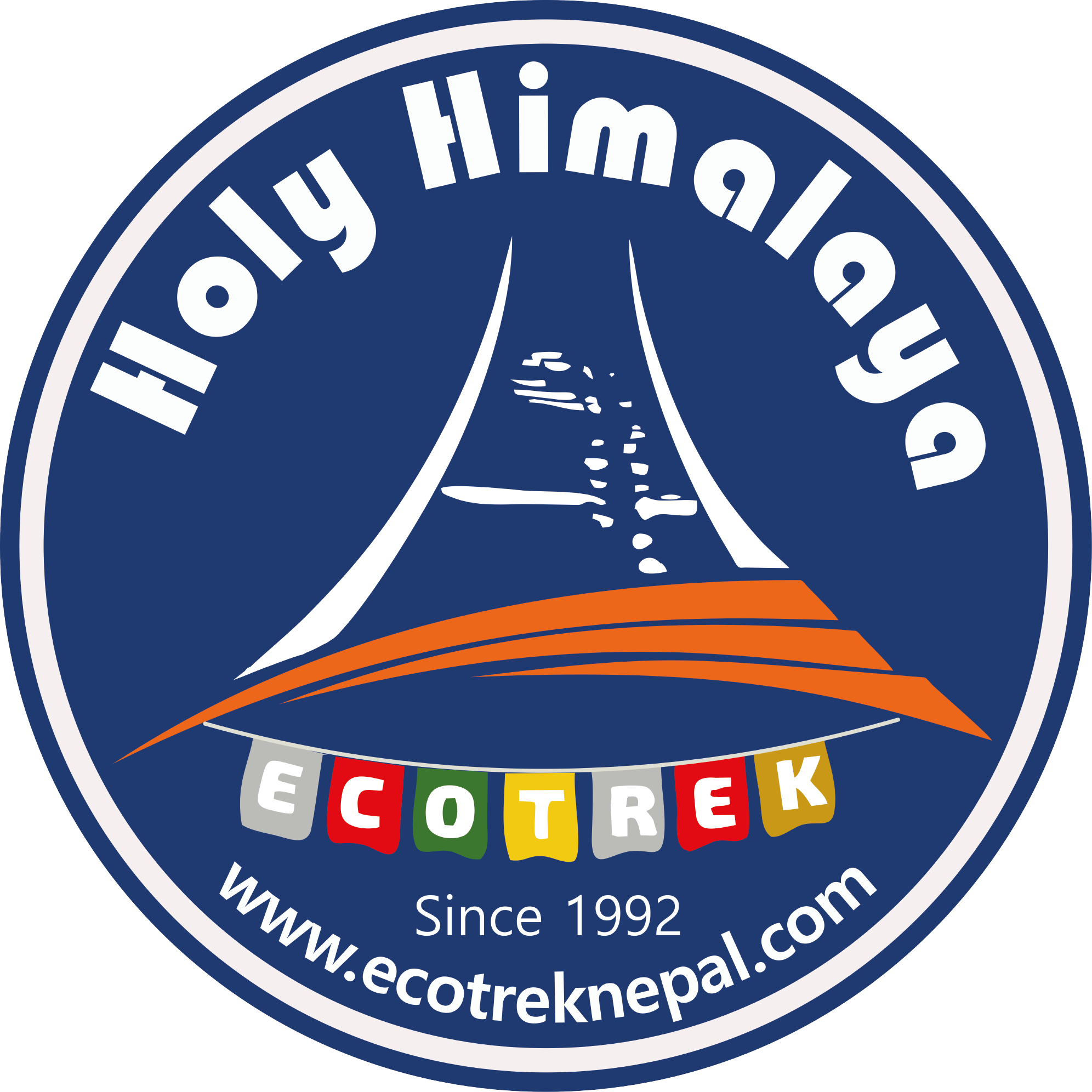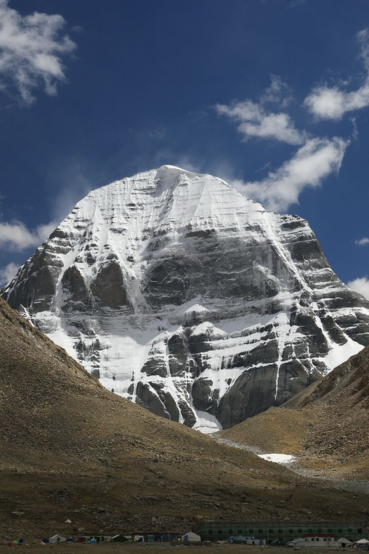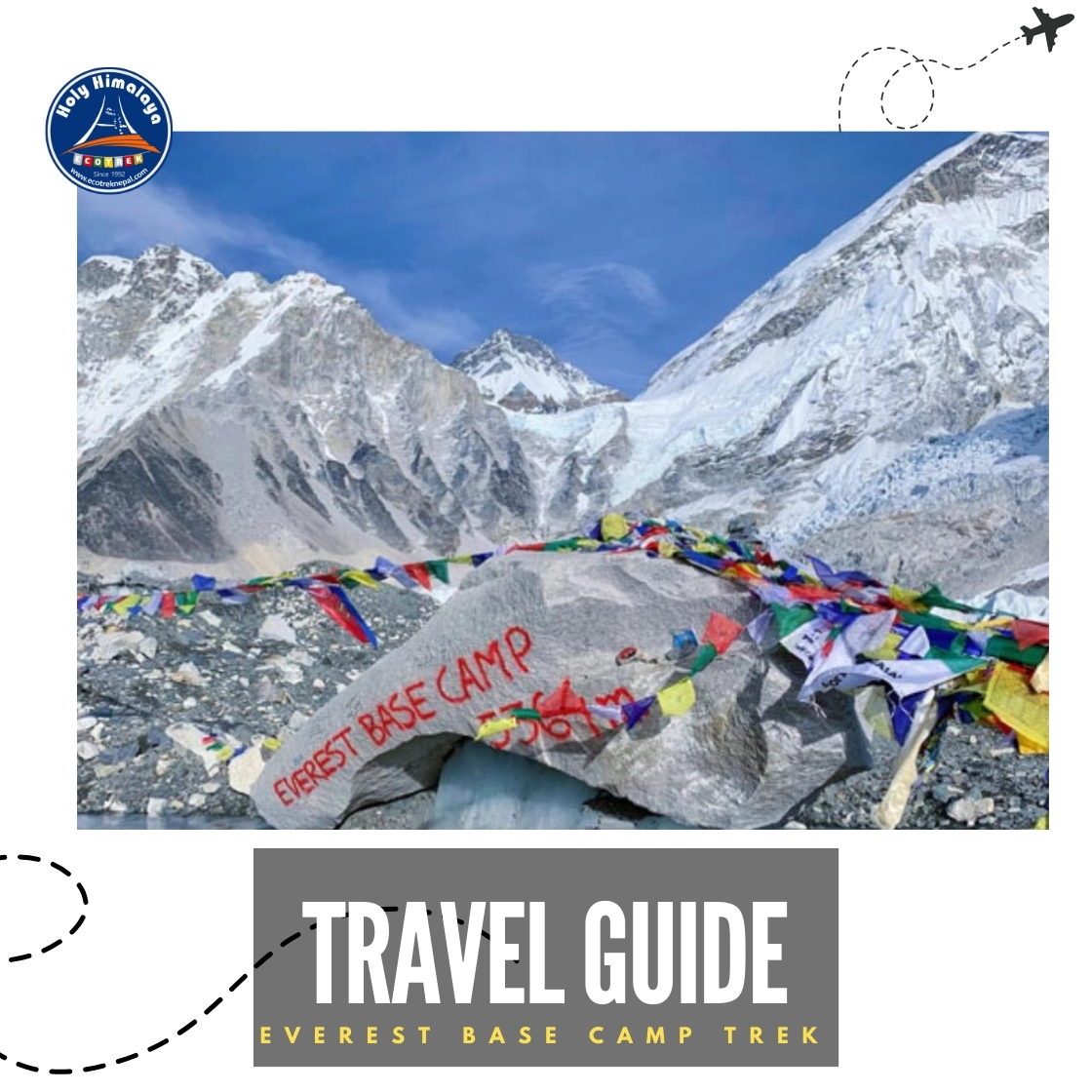Everest Base Camp trek is an incredible adventure that takes you deep into the Himalayas, eyeball to eyeball with the grandeur of the world's highest peak. The trek makes its way through stunning scenery, vibrant Sherpa villages, and rugged mountain landscapes before reaching Everest Base Camp (EBC) at 5,364 meters. If you are interested in trekking logistics to EBC, this guide provides detailed information on the best seasons, costs, levels of difficulty, permits required, and professional advice on how to pack so that you will be well-equipped for a thrilling adventure.

Everything You Want to Know About the Everest Base Camp Trek:
Trekking Trails to Everest Base Camp
There are two primary routes to Everest Base Camp. The best option is by scenic flight from Ramechhap or Kathmandu to Lukla, the gateway of the Everest country, where one begins the trek. The alternative route is driving up from Kathmandu to Phaplu and trekking up through the less-traveled Solu country before joining the traditional EBC trail. Both are options that deliver sceneries and a sense of interaction with local culture before ascending to the base of Everest.

Best Time to Trek to Everest Base Camp
Everest Base Camp trek can be done any time of the year, though spring (March to May) and autumn (September to November) are the best times. In spring, it is temperate, there are rhododendron flowers, and visibility is very good. Autumn gives clear blue skies and dry trails with nice trekking weather. Winter and monsoon seasons are more challenging due to freezing weather and heavy rains that render the trail impassable.

Cost of the Everest Base Camp Trek
Everest Base Camp trekking price varies depending on the route, hotels, and other facilities. On average, trekkers have to spend $1,200 to $2,500 per person. This includes airfare to Lukla, permits, accommodations, meals, guides, porter charges, and necessary trekking gear. Flight costs ($176–$217 per person), accommodations ($5–$40 per night), food ($10–$25 per meal), and permits (around $50 in total) are significant expenses.

Trekking Difficulty and Altitude Problems
Everest Base Camp trekking is ranked as moderate to arduous. Although no technical hiking is required, the heavy altitude and 5-8 hours of daylong walking every day for the whole trek require good physical health. Proper acclimatization prevents altitude sickness, and the trekkers need to climb slowly, consume adequate fluids, and allow their bodies to acclimatize at higher altitudes. With the peak point being Kala Patthar (5,545 meters), careful preparation is the key to a successful trek.

Permits to take the trek
Two major permits are required for trekking to Everest Base Camp:
- Khumbu Rural Municipality Permit – NPR 2,000 per person
- Sagarmatha National Park Entry Permit – NPR 3,000 per person
One can purchase the permits either in Kathmandu or from the checkpoints of Lukla and Monjo.

Packaging Essentials of Everest Base Camp Trek
It is all about an intelligent packing list to have a warm and successful experience while trekking at Everest Base Camp. The packing list must-have includes:
- Clothing: Thermal base layers, fleece jacket, waterproof trousers, and down jacket
- Footwear: Trekking boots, warm socks, and gaiters
- Gear: High-quality sleeping bag (-20°C), trekking poles, and headlamp
- Health Essentials: Sunscreen, sunglasses, gloves, and water purification tablets
- Documents: Permits, insurance documents, and emergency contacts
It is essential to pack light while carrying all the gear required to make the trek comfortable and successful.

Expert Tips for a Successful Trek
For a trouble-free and enjoyable journey, use the following tips:
- Start training early – Building stamina through strength training and cardio will boost endurance.
- Hydrate and consume nutritious food – Proper nutrition avoids altitude sickness and sustains energy levels.
- Use a guide and porter – They provide local knowledge, ensure safety, and lighten your load.
- Take a steady pace – Trekking at a slow pace allows better acclimatization and avoids fatigue.
- Be prepared for weather changes – The weather on the mountain is not constant, so waterproof and warm clothing is essential.
Conclusion
The Everest Base Camp trek is a fantasy for most visitors, and with adequate planning, it can be a very rewarding experience. Having the best time to trek, planning for the Everest Base Camp trek cost, understanding the Everest Base Camp trek difficulty, securing the necessary permits, and planning with the proper Everest Base Camp packing list will ensure the journey is a smooth and memorable experience. The trek is not just about reaching the base of Everest but about experiencing the stunning scenery, rich Sherpa culture, and personal triumphs along the way.








